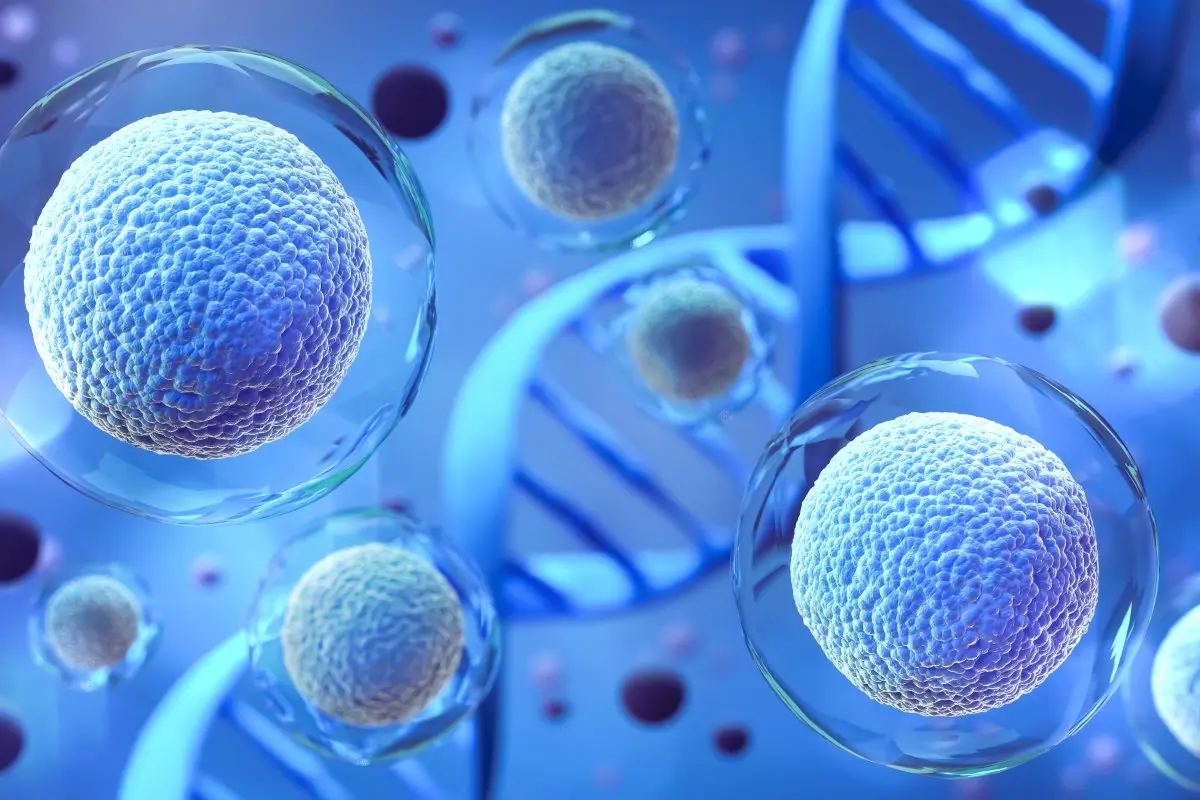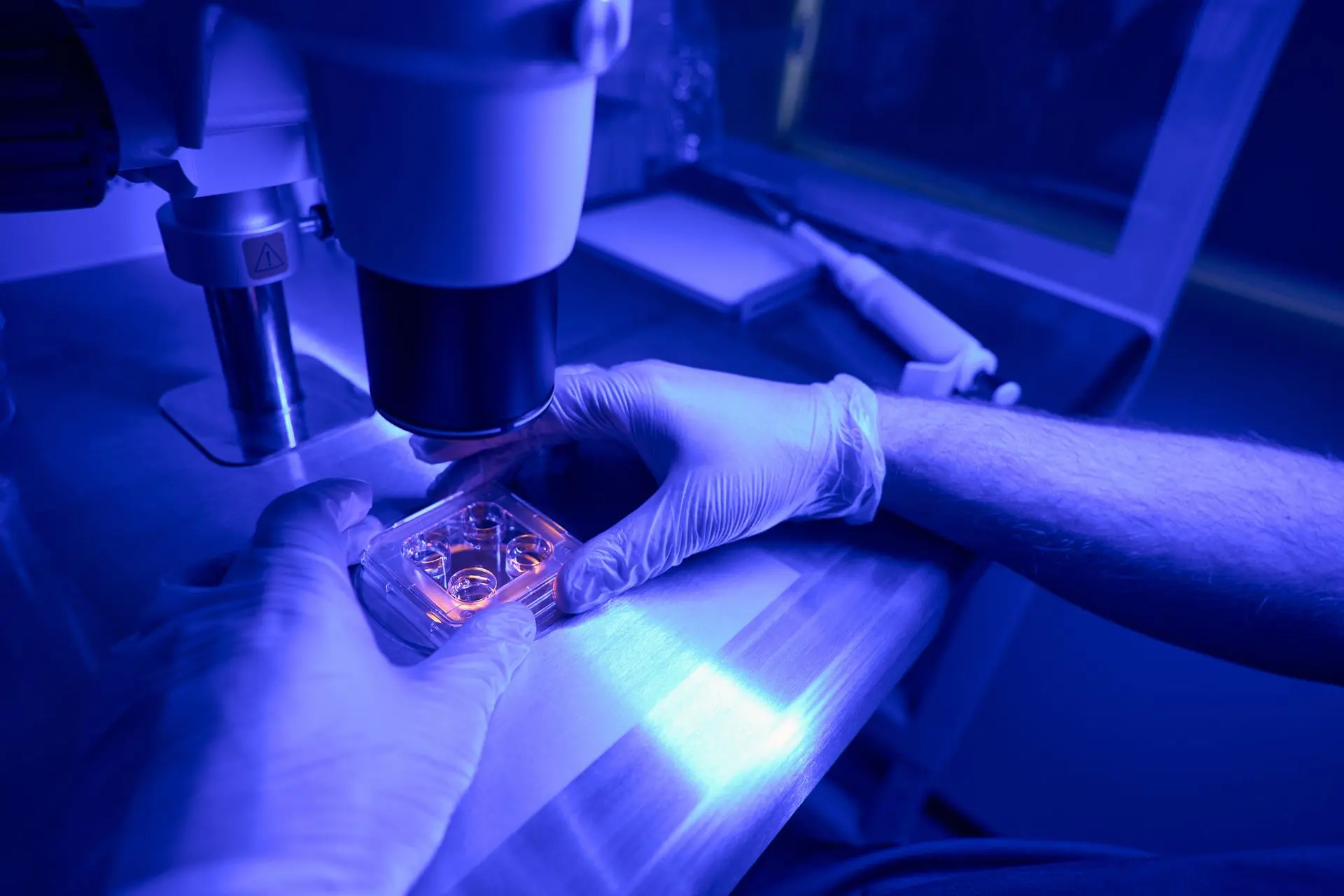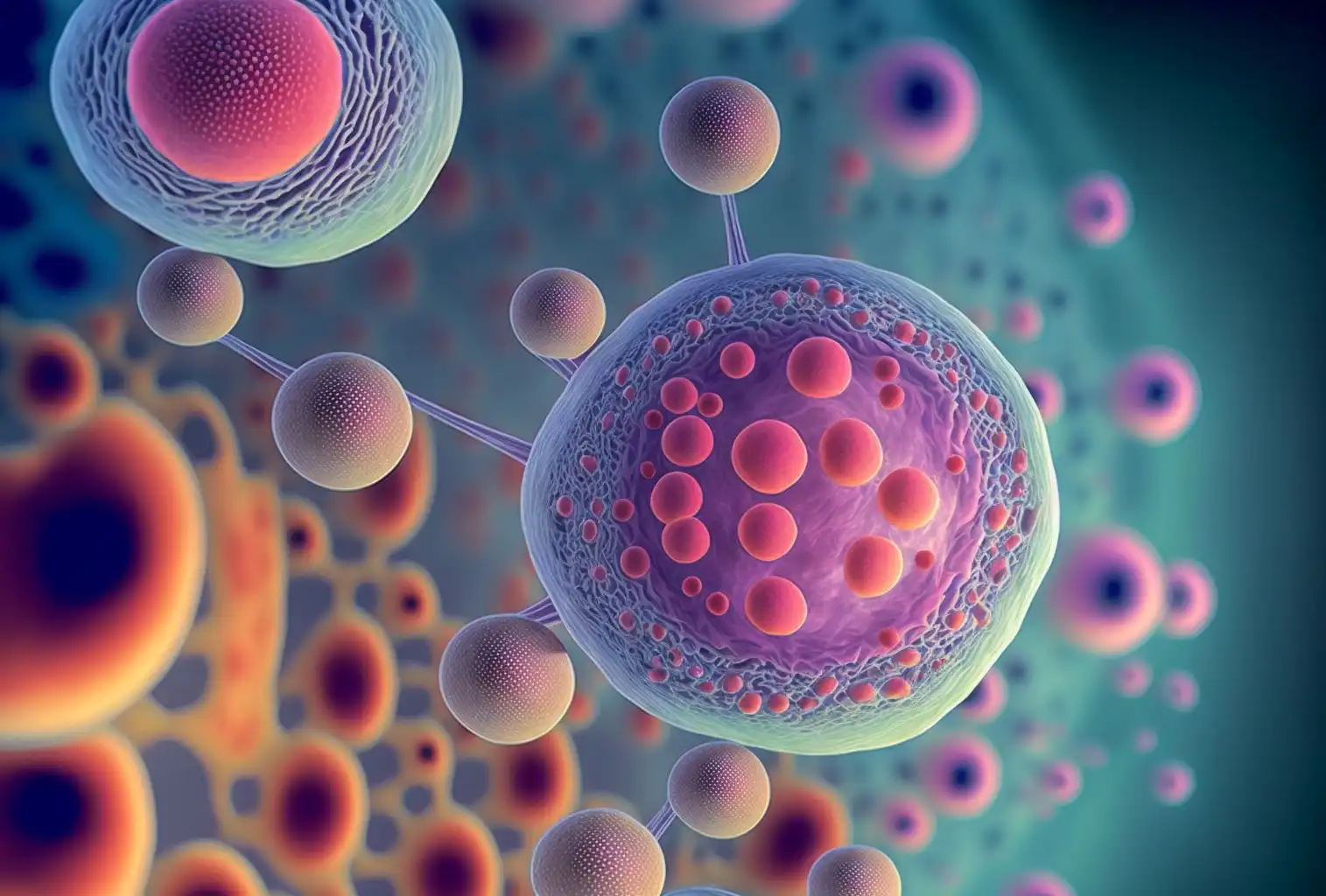
STEM CELLS NEWS

ABOUT US
Stem Cells News is an online platform dedicated to providing the latest news, research, and developments in the field of stem cell science. The website covers a broad range of topics related to stem cells, including their medical applications, ethical considerations, breakthroughs in research, and advancements in stem cell therapy.
Take a Closer Look
Experiences
Veterinarians in Wichita conducted the first phase of a stem cell trial today in Wichita. Their goal is to treat laminitis, a disease in horses hoofs. They will do this using stem cells taken from the horses using liposuction. Laminitis is painful and even crippling for horses.
“Those horses usually digress over time to the point where they finally lose their life,” Dr. Preston Hickman said.
The trial is 90 days. The ten horses participating will have 3 stem cell injections over the three months.
The actual procedure only takes four to five hours. Dr. Preston Hickman and Dr. Larry Snyder draw the stem cells from the horses, process them and then reinsert them back into the animals.
For horse owners like Penny Barker the trial could open new doors. Barkers’s 20-year-old horse Legend has the disease.

Stem Cells to Reverse Parkinson’s
A team of researchers has now compared the ability of cells derived from different types of human stem cell to reverse disease in a rat model of Parkinson disease and identified a stem cell population that they believe could be clinically relevant.
Parkinson disease results from the progressive loss of a specific subpopulation of nerve cells. Current treatments provide only relief from the symptoms of the disease and cannot reverse the nerve cell loss.
Stem cells are considered by many to be promising candidate sources of cells to reverse nerve cell loss in individuals with Parkinson disease through their ability to regenerate and repair diseased tissues.
There are two types of stem cell considered in this context: embryonic stem (ES) cells, which are derived from early embryos; and induced pluripotent stem cells, which are derived by reprogramming cells of the body such that they have the ability to generate any cell type.
In turn, cells of the body can be reprogrammed to become induced pluripotent stem cellscells in one of two ways: the reprogramming proteins can be transferred directly into the cells (protein-based induced pluripotent stem cells) or viruses can be used to deliver to the cells the genetic information necessary for producing the reprogramming proteins (virus-based induced pluripotent stem cell).
The researchers found several problems with cells derived from virus-based human induced pluripotent stem cells that precluded their use in the Parkinson disease model but found that nerve cells derived from protein-based human induced pluripotent stem cells reversed disease when transplanted into the brain of rats modeling Parkinson disease.
The researchers conclude that protein-based human induced pluripotent stem cells could be used in the treatment of individuals with Parkinson disease.
